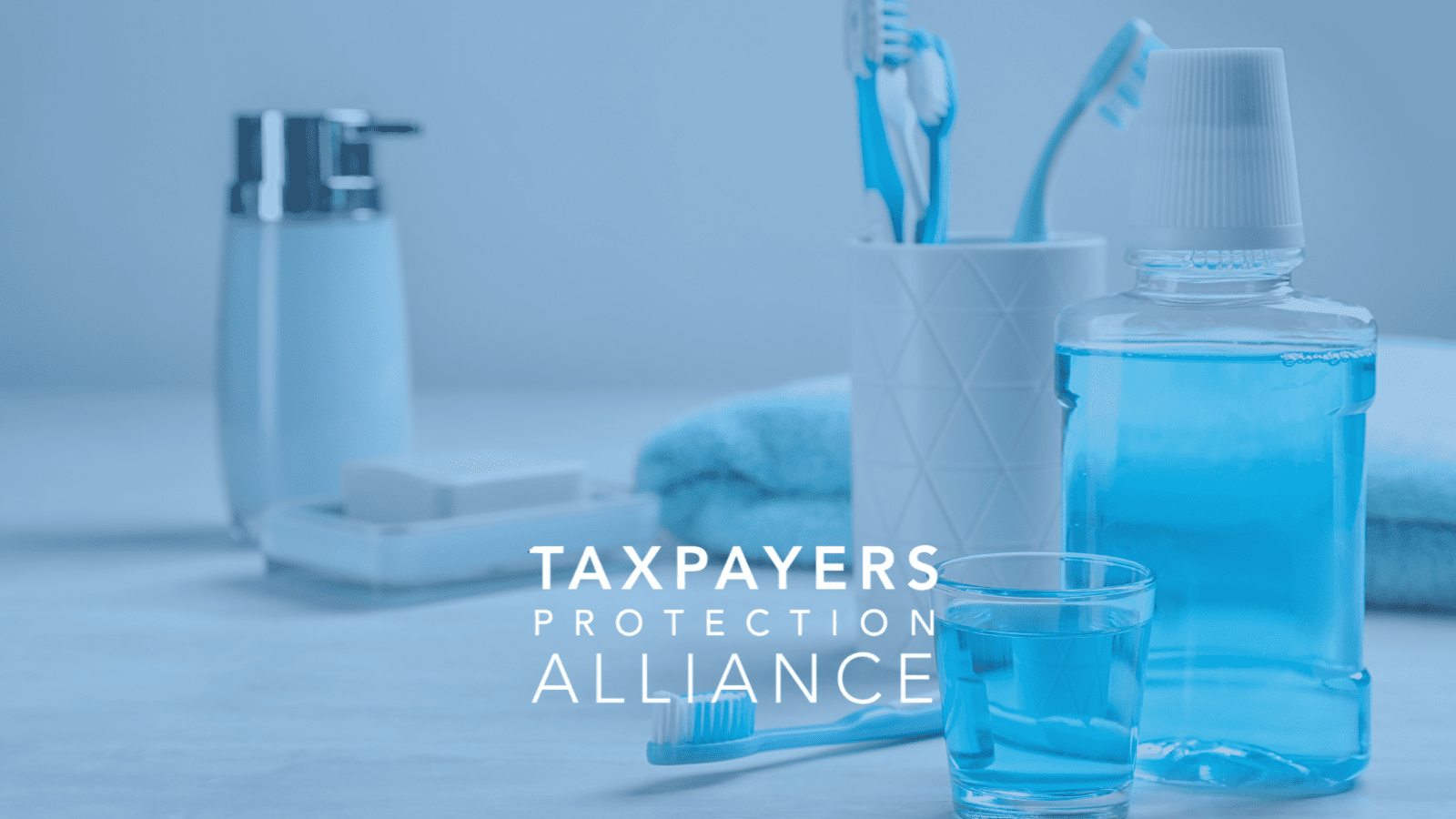
Fluoride Facts: Benefits, Risks, and Myths About Dental Health
Christina Smith
August 25, 2025
Robert F. Kennedy (RFK) Jr., Secretary of the Department of Health and Human Services, purportedly plans to tell the Centers for Disease Control and Prevention (CDC) to stop recommending fluoridation in communities across the country and challenge current fluoride guidelines. While the federal government has the discretion to recommend fluoride levels in drinking water, it doesn’t mandate levels nationwide. Any decision based on fluoridation is and should be left up to states or local governments. And any decision on fluoridation should be backed by science.
Fluoride is a naturally occurring compound derived from the element fluorine. Fluorine is found in nature primarily in minerals such as fluorite and cryolite, and fluoride ions are present in water, soil, and rocks. Most Americans recognize fluoride mainly for its role in dental care, where it is commonly used in toothpaste, mouth rinses, and drinking water to help prevent tooth decay and strengthen enamel, making it a familiar component in oral health routines.
Fluoride in small and controlled doses is considered safe and effective in preventing dental cavities and is widely used in community water fluoridation programs. However, excessive intake of fluoride can lead to dental fluorosis, which can damage bones and joints. The risk of these adverse side effects is dose-dependent and is not experienced in the U.S. It is critical that fluoride levels remain within safe limits to protect public health, especially among children. The benefits of community water fluoridation are clear: it’s a relatively passive and low cost public health intervention and has been highly effective. When fluoride was initially studied in the 1940s, there was an astounding 60 percent drop in the amount of cavities in children over a few years.
States and localities are the laboratories for democracy. For example, Juneau, Alaska has become a scientific laboratory to see the effects of removing fluoride from community water. In 2007, Juneau removed fluoride from its drinking water. Medicaid dental claims records made before and after the city stopped fluoridation found that the average number of procedures to treat tooth decay rose in children under 6, from 1.5 treatments per child in 2003 to 2.5 treatments per child in 2012.
In addition to the CDC, the U.S. Environmental Protection Agency (EPA), which sets the maximum level of fluoride allowed in cubic water systems, announced it is reviewing “new scientific information” on potential health risks of fluoride in drinking water. The current standard and limit established by the EPA is 4.0 milligrams per liter. The urgency to review the current standard comes from a newly released report from the National Toxicology Program (NTP) in August 2024, which concluded with “moderate confidence” that fluoride exposure above 1.5 milligrams per liter is associated with lower IQ in children. The report also concluded that further research is needed to better understand if there are health risks associated with exposure to lower fluoride concentrations.
The American Dental Association (ADA) reaffirmed support for community water fluoridation after reviewing the NTP report, stating that it did not provide any new or conclusive evidence to overturn conventional wisdom on the subject. None of the studies on IQ included in the NTP’s review were conducted in the U.S. and were instead from areas with high levels of naturally occurring fluoride in water.
According to Dr. Linda Edgar, President of the ADA, “Community water fluoridation has been hailed by the CDC as one of 10 great public health achievements. Public health policy is based on a collective weight of scientific evidence. Decades of research and practical experience indicate that fluoride is safe and beneficial to oral health.” Dr. Edgar added that the ADA follows evidence and research on the best ways to advance public health and welcomes new research that advances oral health care policy.
The decisions on community water fluoridation should be made by local governments, not the federal government — and should be based on years of real-world data and scientific evidence.
